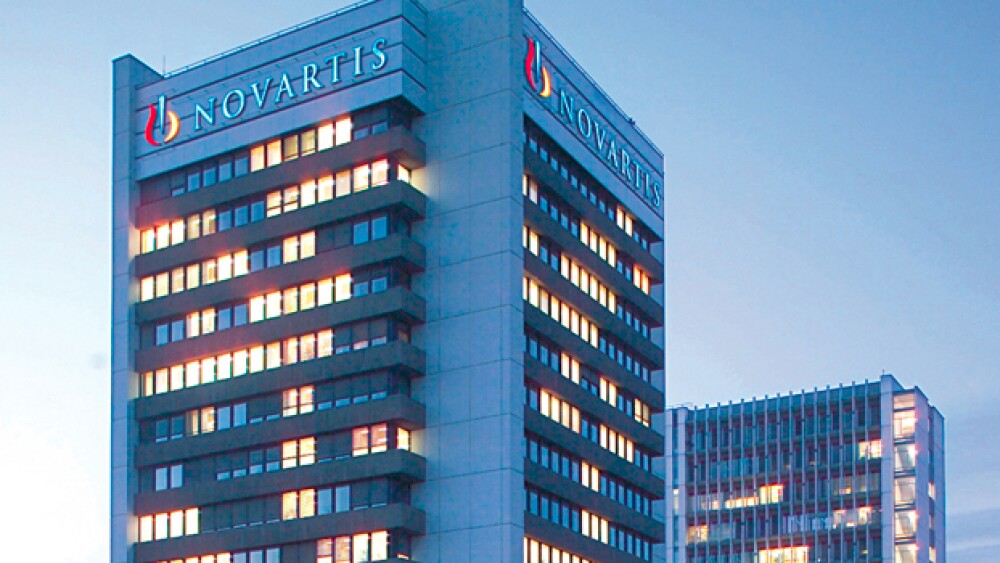Novartis is eying a possible 2019 launch for RTH258 (brolucizumab), an ophthalmology drug for the treatment of neovascular age-related macular degeneration.
Novartis AG is eying a possible 2019 launch for RTH258 (brolucizumab), an ophthalmology drug for the treatment of neovascular age-related macular degeneration. The Swiss-based company is planning to seek regulatory approval of the drug later this year.
This week Market Realist reported Novartis is eying a 2019 launch for the experimental therapy should the U.S. Food and Drug Administration approve its use. Approval means Novartis will be taking a shot at Regeneron Pharmaceuticals, Inc. and its blockbuster ophthalmology treatment Eylea. During a presentation at the American Academy of Ophthalmology last year RTH258 showed superiority versus Regeneron’s aflibercept (Eylea) in key secondary endpoints reflective of disease activity in patients with nAMD. Patients treated with RTH258 showed fewer signs of specific disease activity than patients treated with Eylea.
Novartis has said it intended to file an NDA with the FDA by the end of 2018 and is also preparing to study the drug in other indications, including diabetic macular edema and retinal vein occlusion.
In neovascular AMD, abnormal blood vessels leak fluid into the eye, ultimately causing damage and blindness. Affecting more than 20 million people globally, nAMD is the leading cause of severe vision loss and legal blindness in people over the age of 65. As the disease progresses, cell damage increases, further reducing vision quality and ultimately blindness. During Phase III trials RTH258 reduced signs of disease activity as well as less retinal fluid (IRF and/or SRF)-key markers, which are used by physicians to determine injection frequency in clinical practice, Novartis said. Additionally, patients who received RTH258 during the trial showed less fluid in the deepest part of the retina and superior reductions in retinal thickness. The absence of fluid for patients in the brolucizumab arm suggests the potential for a long-lasting effect and decreased treatment need, Novartis said.
In addition to its efficacy and non-inferiority against Eylea, RTH258 also has an additional benefit – less frequent dosing. Trial data certainly supported that. The majority of patients RTH258 saw robust visual gains on a less frequent dosing schedule, Novartis said. That will certainly appeal to patients since typical nAMD treatments are delivered via injection to the eye.
Brolucizumab (RTH258) is a humanized single-chain antibody fragment (scFv) designed to inhibit vascular endothelial growth factor (VEGF). Market Realist noted that this class of drugs is reimbursable under Medicare Part B, which will be beneficial to Novartis should RTH258 be approved by the FDA. In its analysis of the potential for RTH258, Market Realist said total “anti-VEGF sales in the nAMD, diabetic macular edema (or DME), and Retinal vein occlusion (or RVO) markets in the U.S. were worth $4.8 billion at the end of 2016.” By the end of 2022 that U.S. market is expected to grow to about $5.9 billion, according to the report. Outside the United States the market is slightly less robust, coming in somewhere under $4.1 billion at the end of 2016, Market Realist added.





